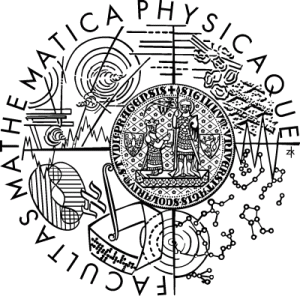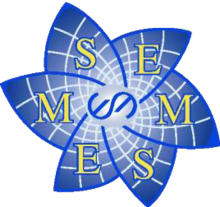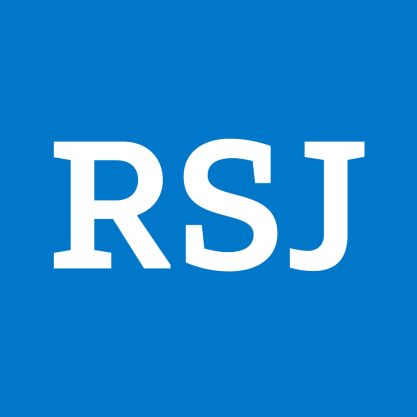 |
Dominic Breit
Mathematical & Computer Sciences
Mathematics
Heriot-Watt University Edinburgh
EH14 4AS
United Kingdom
|
|
| Stochastic Navier-Stokes Equations |
|
The dynamics of liquids and gases can be modeled by the Navier-Stokes system of partial differential equations describing the balance of mass and momentum in the fluid flow. In recent years their has been an increasing interest in random influences on the fluid motion modeled via stochastic partial differential equations.
In this course we will study the existence of weak martingale solutions to the stochastic Navier-Stokes equations (both incompressible and compressible). These solutions are weak in the analytical sense (derivatives exists only in the sense of distributions) and weak in the stochastic sense (the underlying probability space is not a priori given but part of the problem).
|
 |
Yann Brenier
Centre de Mathématiques Laurent Schwartz
Ecole Polytechnique
91128 Palaiseau Cedex
France
|
|
| Concepts of Generalized Solutions in Incompressible Fluid Mechanics |
|
Lecture I: Measure-valued and dissipative solutions.
The concepts of measure-valued solutions and dissipative solutions
were respectively introduced in the late 80s early 90s by DiPerna-Majda and Lions
for the Euler equations of incompressible fluids.
Although they look very different from each other, I will explain their close
relationship in relation with the "weak-strong" uniqueness principle.
Lectures II and III: Variational and sharp measure-valued solutions to the Euler equations.
Using the least action principle, one may try to solve the Euler equation
not as a Cauchy problem but rather as a minimization problem. This opens the
way to a rather precise "sharp" concept of measure-valued solutions. Its relevence
for the Cauchy problem will be discussed.
Lecture IV: Magnetic relaxation of the Euler equations and dissipative solutions.
Following K. Moffatt one can look for stationary solutions to the Euler equations
with prescribed topology by solving a degenerate parabolic
equations coming from MHD theory. This leads to a suitable concept of generalized
solutions blending variational features with Lions' concept of dissipative solutions.
|
 |
Pierre-Emmanuel Jabin
Department of Mathematics, Math Building #084
Campus Drive
University of Maryland
College Park, MD 20742-4015
USA
|
|
| Quantitative Regularity Estimates for Compressible Fluids |
|
The aim of this course is to present some of the classical and more
recent techniques to control oscillations and measure the regularity
of weak solutions to various models of compressible fluids and in
particular: The barotropic compressible Navier-Stokes and some
Navier-Stokes-Fourier systems.
We will start by introducing the regularity theory on the simpler
case of linear advection equations which follows from the notion of
renormalized solutions. We will then review how the estimates
developed for compressible fluids, first by P.L. Lions and then by
E. Feireisl for the compressible Navier-Stokes, and E. Feireisl and
A. Novotny for the Navier-Stokes-Fourier system. We will finish by
presenting some recent estimates introduced with D. Bresch.
|
 |
Christian Rohde
Universität Stuttgart
Institut für Angewandte Analysis und numerische Simulation
Lehrstuhl für Angewandte Mathematik
Pfaffenwaldring 57
70569 Stuttgart
Germany
|
|
| Diffuse Interface Modelling for Two-Phase Flow |
|
Phase field or diffuse interface approaches are frequently used to model the
complex dynamics of two-phase flow problems. The major advantage of this
ansatz is the ability to describe critical phenomena like topological
changes due to merging/splitting of single phases or the phases' interaction
with walls. In the last years there have been substantial advancements
in the theory and numerics for diffuse-interface models. The most
important directions for compressible free flows will be discussed
concerning well-posedness and asymptotic behaviour for various limit
regimes including the classical sharp interface limit. Besides the
purely analytical issues it is important that diffuse interface models
allow a reliable and efficient numerical approximation. This imposes
new constraints on the whole model ansatz.
While there is by now a quite well-established theory for compressible
free flow situations the theory for two-phase flows in porous media is
still in its very beginnings. Basic new developments for least
partially homogenized flow of multiple phases and components are
presented.
|









